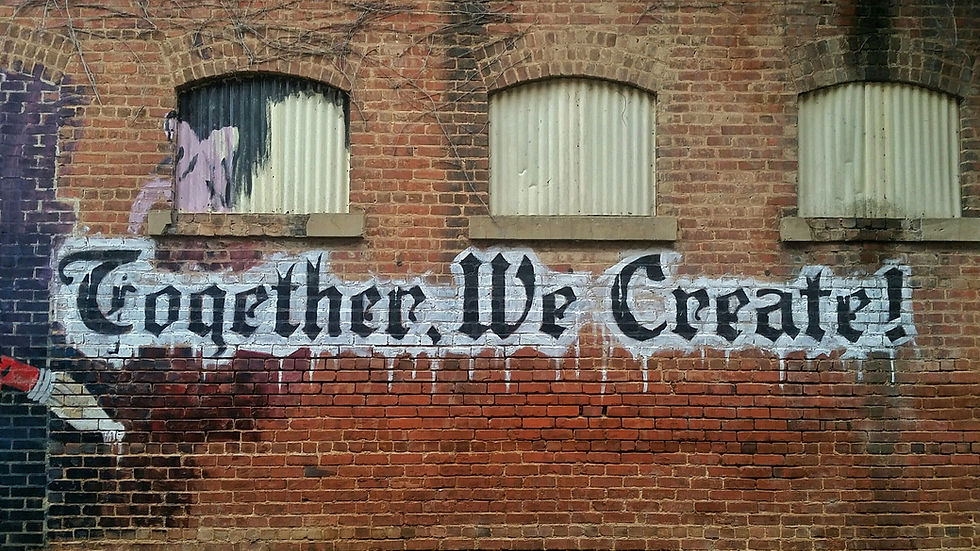A great edit starts with a great brief. Whether you're crafting a brand film, a social campaign, or a trailer, giving your editor the right information upfront can mean the difference between a smooth, efficient process and a frustrating back-and-forth. At Workprint, we’ve seen both ends of the spectrum—clients who set us up for success and those who unknowingly slow things down. Here’s what makes for the best briefs and how to avoid common pitfalls.

How to Brief Your Editor Effectively?
Before diving into an edit, we need to know:
What footage are we working with? Are we cutting from existing footage, brand assets, or a new shoot? Will we need to source anything additional, like stock footage or UGC?
How much footage will be provided? Knowing whether we're working with 30 minutes or 30 hours of material helps us plan our approach.
What are the deliverables? This might sound obvious, but one of the biggest roadblocks in post-production is unclear deliverables. A solid brief should clearly outline formats, aspect ratios, and any variations needed.
Are all assets ready? Missing brand elements like logos, fonts, or motion templates can slow things down. A well-prepared client ensures everything is accessible from the start.
Common Mistakes That Slow Down the Process
One of the biggest mistakes we see? Unclear direction on deliverables. If there’s uncertainty about what’s needed, the edit can go in circles, trying to hit a moving target. Another common issue is when assets trickle in after the edit has already started. A strong brief should ensure everything is ready to go before we begin.
What’s the Best Format for a Brief?
While a call is great for initial alignment, having a written deck to reference throughout the process makes a huge difference. A strong deck should include:
Creative direction (mood, tone, key messaging)
Brand guidelines (colors, fonts, dos & don’ts)
A rough outline or script (if applicable)
References (helpful, but not restrictive—more on that below)
Some of our best briefs come from teams like Movers+Shakers and Crispin—they provide well-thought-out decks that cover all the essentials, making the edit smooth and efficient.
How Much Detail Is Too Much?
Honestly? There’s no such thing as too much detail—unless it limits creative flexibility. The best clients come in with a strong vision but stay open to where the footage and edit process take us. Some of the best moments in a project happen organically, and being too rigid can prevent those happy accidents.
What Clients Should Know Before Handing Off Footage
The edit isn’t just about assembling clips—it’s a process. Even with the best planning, things evolve in the edit bay.Some ideas won’t work as expected, while others emerge unexpectedly. A great brief sets a strong foundation, but flexibility is key.
Key Questions We Ask Before Editing Begins
Every project is different, but these are a few questions we always ask:
What are the expectations for reviews? Are we doing daily check-ins or a full pass before feedback?
How many people are involved in approvals? More stakeholders usually mean a longer review process.
Do you have any music preferences? Music can dramatically shape an edit’s feel, so knowing where to start helps.
Handling Revisions: What Works Best?
Revisions are a natural part of the process, and we handle them in a way that best fits each project. Some require rapid back-and-forth collaboration, while others are best tackled with focused work before sharing. Setting clear expectations upfront makes this process smoother.
Reference Videos: Helpful or Limiting?
We have a love-hate relationship with reference videos—they can be incredibly useful for setting the tone, mood, and direction, but they become a problem when they’re treated as an exact blueprint rather than inspiration. The best projects take cues from references but allow room for creativity.

Final Thoughts
A strong brief doesn’t just help your editor—it helps your project run smoother, stay on schedule, and ultimately achieve the best results. The more clarity and preparation you bring to the table, the better the outcome. But remember: while a great brief sets the foundation, the magic of editing happens when there’s room to explore and refine along the way.
Want to talk about your next project? Let’s connect.
Comments